Fasten your seatbelts.
Do you know those people who clap when a plane lands at an airport? Seems crazy to appreciate a quick, painless landing, but sometimes the round of applause is well-deserved. Not all airports offer an easy-breezy touchdown to pilots—some need special training and licenses. Even then, it’s a feat to maneuver cliffs, short runways, and wind shears. These are the kind of flights where passengers grip their armrests until they’re white-knuckled, their stomachs churning due to turbulence. These are the world’s most dangerous airports, but what dramatic take-offs and landings–you can enjoy magnificent views if you can bear to keep your eyes open!
I have landed at Paro International Airport in Bhutan. I was aware of it's reputation. Luckily it was a bright sunny morning and there were no problems. I had a good window seat to supervise.Paro International Airport
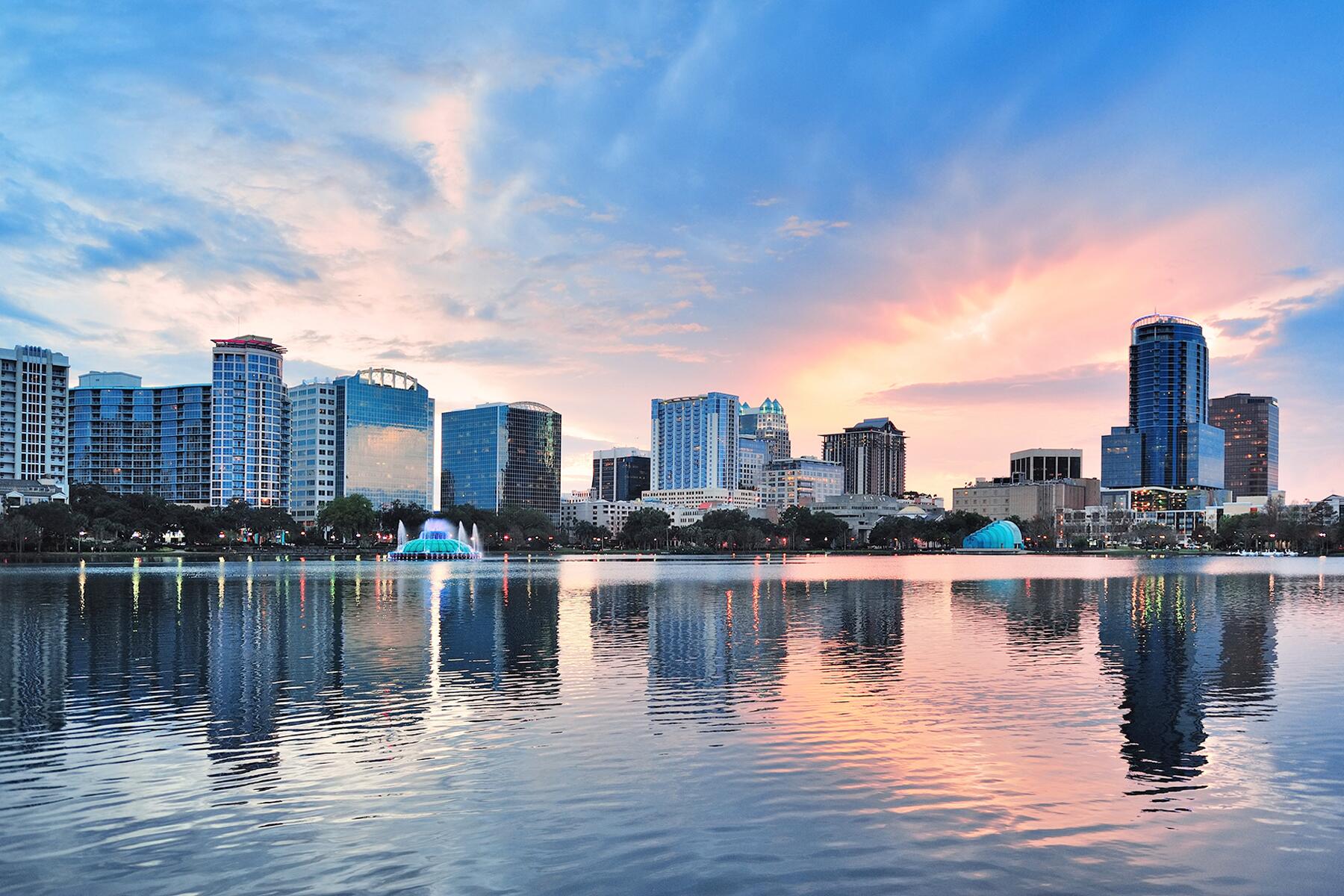
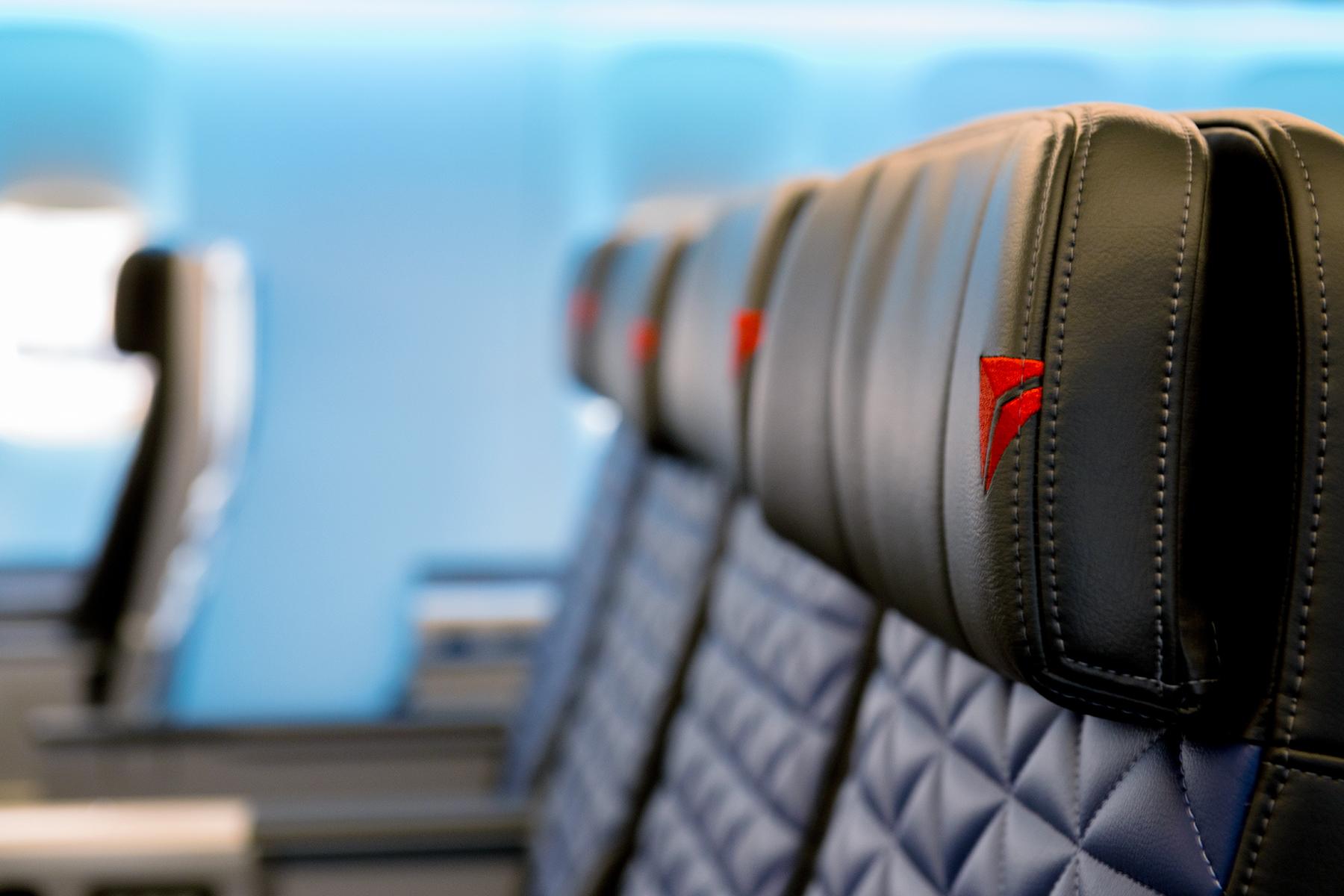
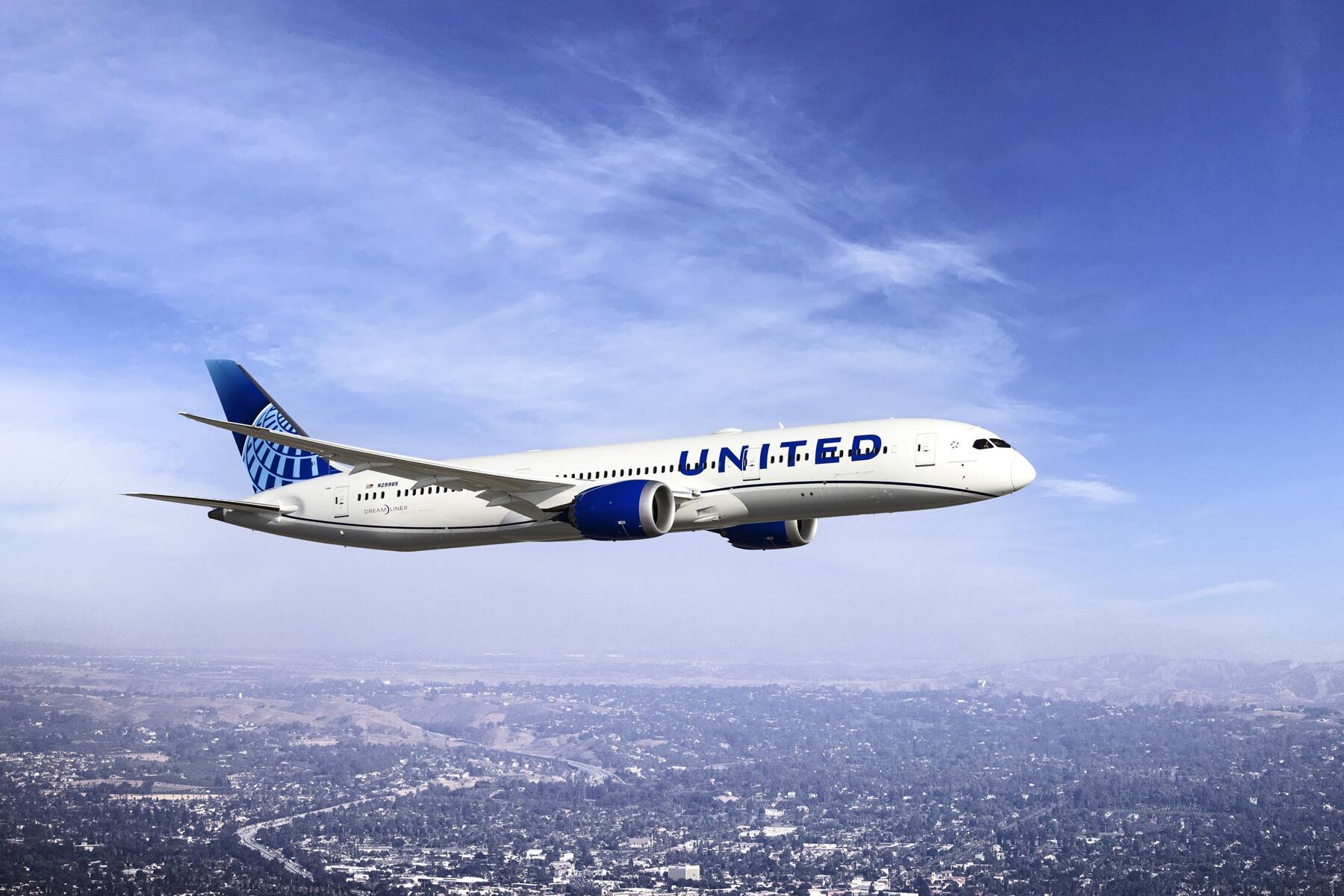
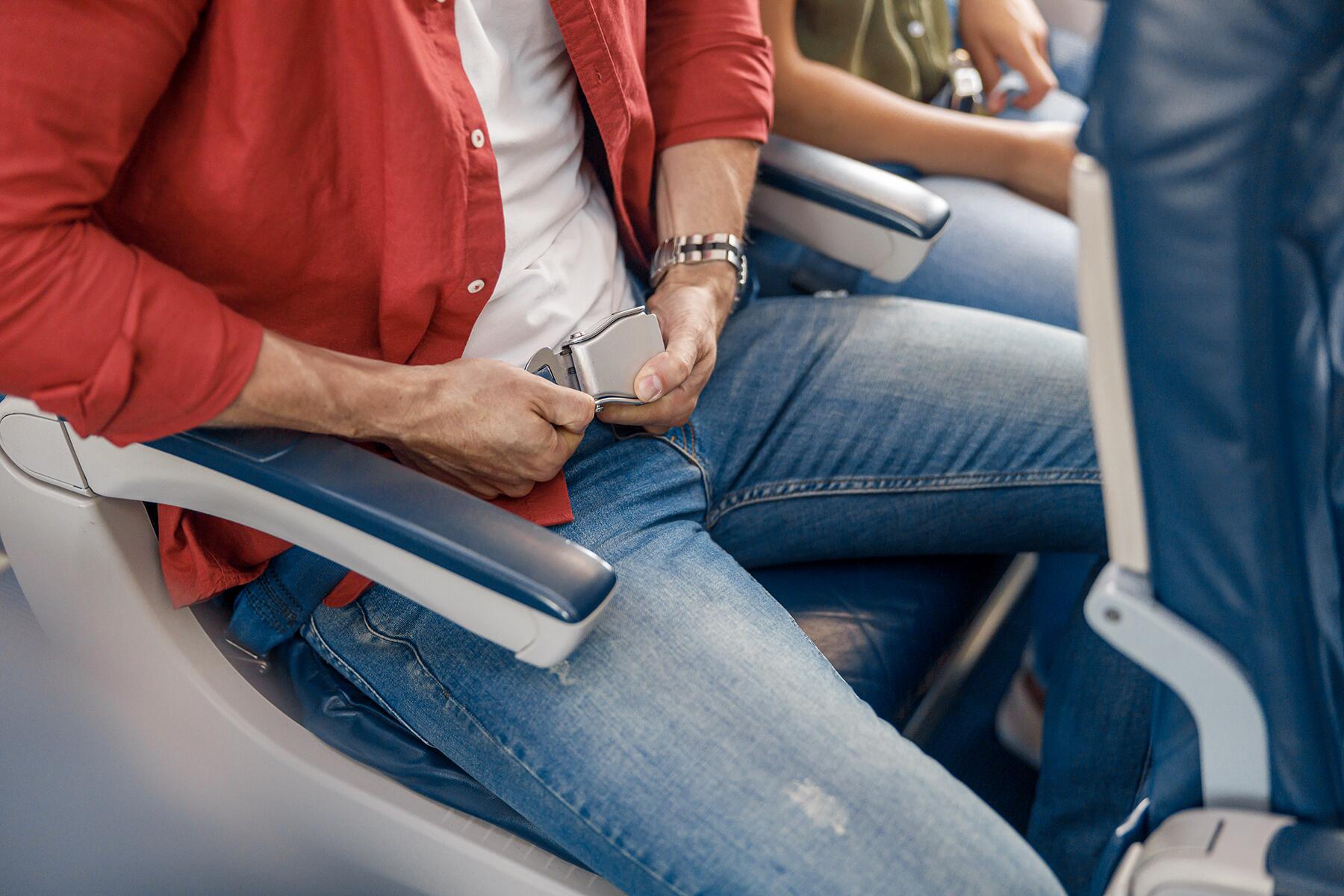
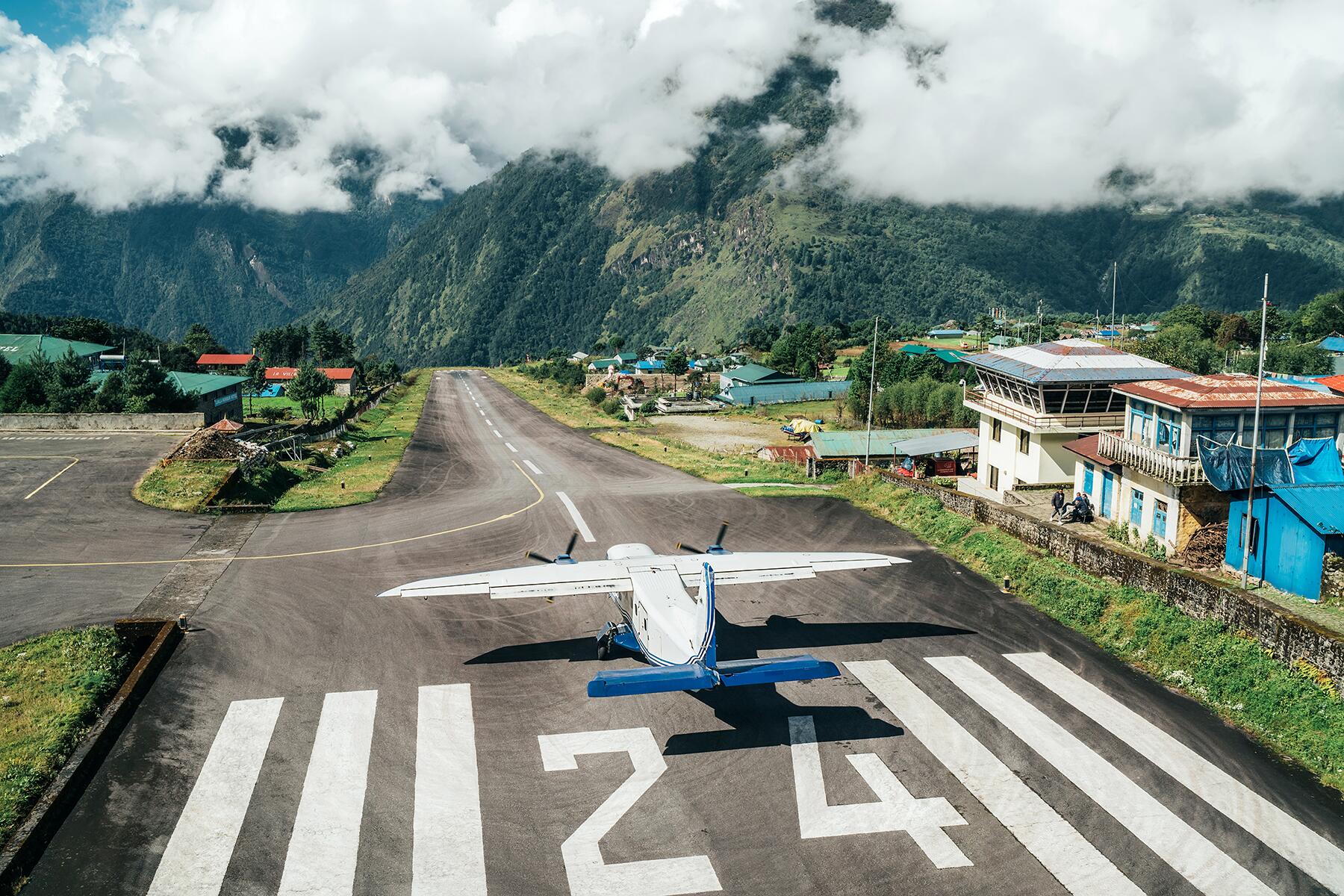
This article has a rather glaring error about Telluride Airport. It is almost 1000 feet lower than the highest airport in America. Leadville Airport, LXV, is 9,934 feet high. The airport is famous for being a well-used site for high altitude testing. LXV is the highest altitude airport in all of North America. The altitude of Leadville, CO is 10,151 feet, and the population is 2,742. I would imagine, however, that LXV is a relative walk in the park for aerial navigation as compared to Telluride.
You are right that Leadville is the highest airport in CO but the article said that Telluride was the highest commercial airport in CO, which is also correct. Happy flying!